Karen from Prekinders did such a phenomenal job of hosting the discussion of Chapter 4 in our Literacy Beginnings book study blog party I almost couldn’t think of anything to add. But then I remembered Karen’s favorite sentence from the chapter and realized I had just the thing that was missing! {See the picture above, and no it’s not my closet thank you very much- but I did take the picture}
Can you relate to the picture above? If so take a deep breath and repeat after me “No more clutter!” If you take the time to organize the materials in your classroom, cabinets, and closet (if you’re lucky enough to have the latter two) then you will actually be saving yourself time in the long run because you will be able to locate things more quickly. Just think about how many hours over the course of a school year you lose searching for something that you “know is there”.
As the self-proclaimed “Organizational Queen” here are just two of my favorite organizational tools:
Label Maker
You can avoid being the “I know I have it somewhere” teacher and become the “Here it is!” teacher by using a label maker. They’re quick and easy ways to label storage closet shelves or cupboards so you can find anything and everything in a snap.
Storage Tubs
My second favorite organizational tools are plastic tubs without lids. If given a choice I prefer clear tubs because all the primary colors can be too bright. Adding a picture and word label to the end of each tub as well as matching labels on the shelves makes for a quick and easy clean-up time.
In her post Karen asks us “What are some ways you display materials to make them interesting and inviting to children?”
In the dramatic play center I provide a tub of books and also display books about the home, families, and food. I make sure the books that are available depict families and food from many different cultures. Having the dress-up clothes and props displayed instead of shoved in a trunk or drawer is another way to invite children to play. If the students can see the props and clothes I think they are more likely to use them.
I felt that the overall message of this chapter was if the classroom is organized and there are established routines in place then there will be more time for literacy learning.
Stay tuned for Chapter 5: Using a Framework for Language and Literacy Teaching here at Pre-K Pages tomorrow!
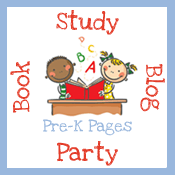
Want to let your friends know about the Literacy Beginnings book study blog party? Click “Like” at the top of this page or choose from other social media options below.
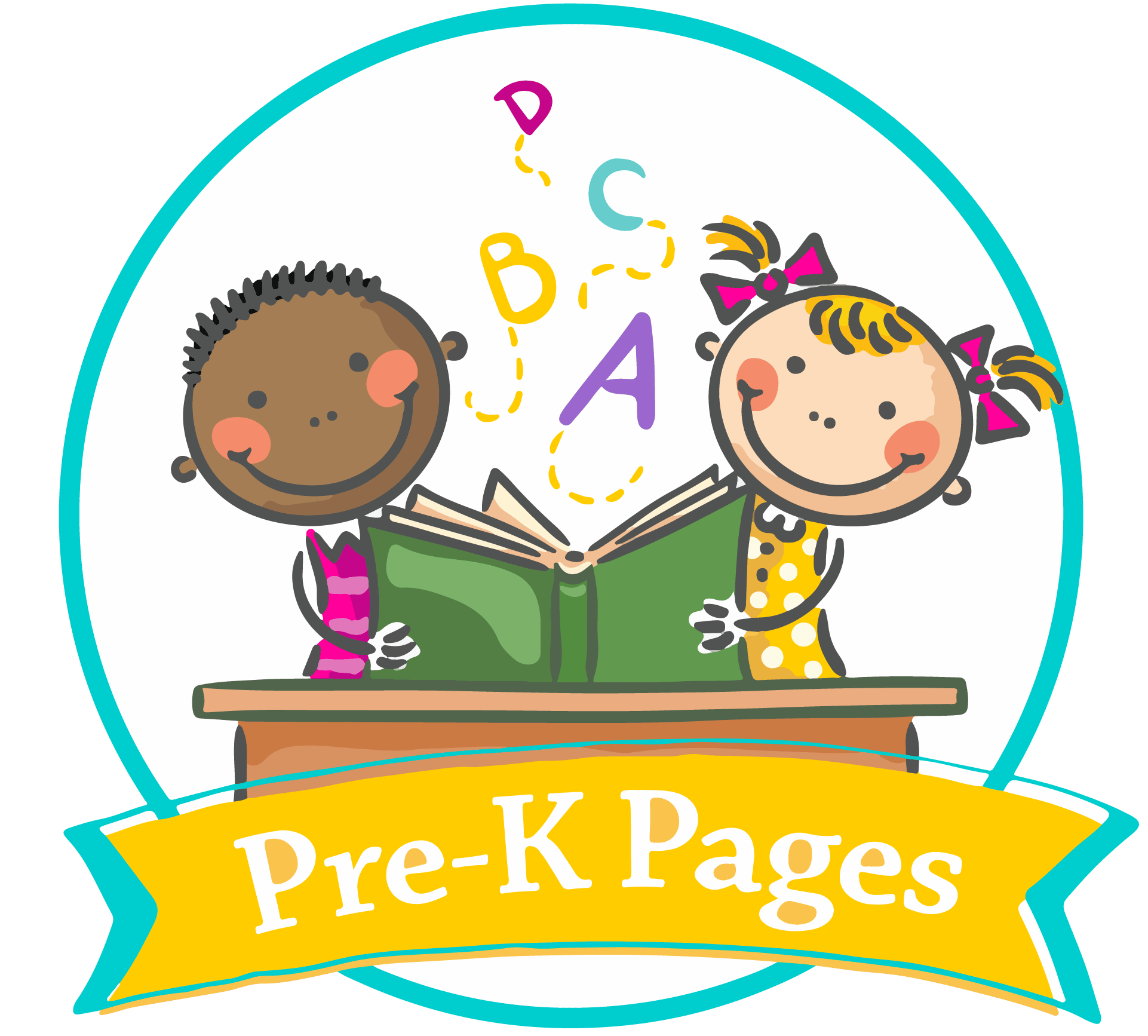
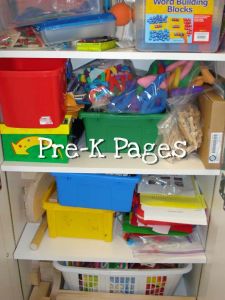
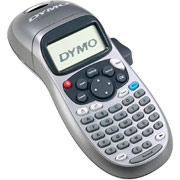
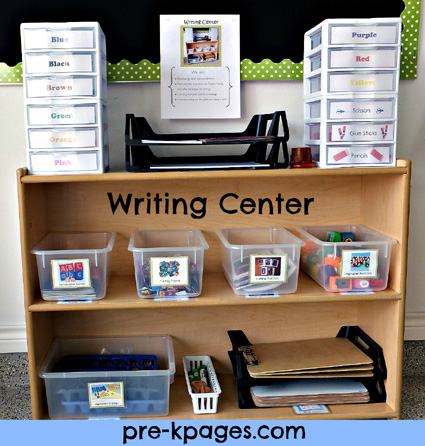

I was wondering about that picture at the top – I couldn’t believe that was yours! 🙂 I love your house center, the flowers add such a nice touch, and the books are a great way to add literacy to a play center.
All great ideas…i used to have a closet that looked worse than the one in your photo if you can believe it. Year before last, I had a wonderful para who used our label maker and organized that closet. Now I can usually put my hands right on what I’m looking for!
I ensure that my classroom is very clean – and clear of clutter and everything is easily accesible by the children – however my home space is a different story. I am in the process of organizing and decluttering my school resources at home as well. I am hoping that I find if both environments are decluttered I will be able to find the things I want to share with the children easily and quickly! Yesterday I found 4 books I had been wanting to share – yippy!